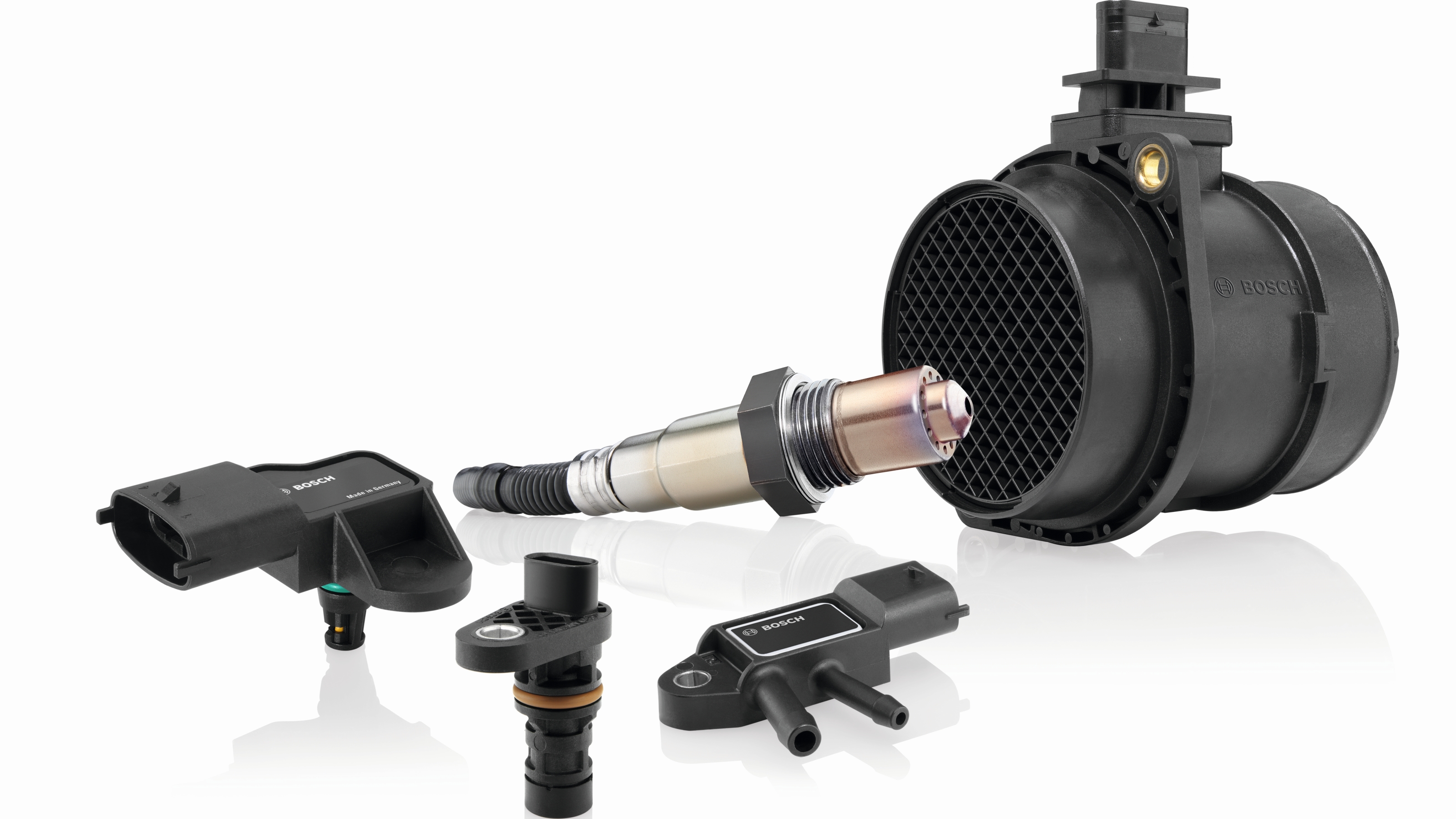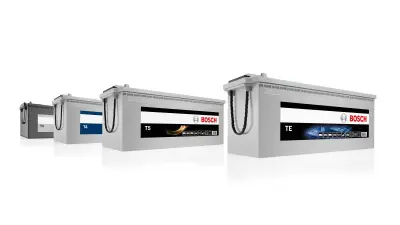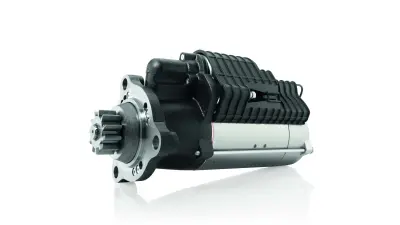Sensors Precision for Off-Highway applications
Bosch offers sensors for a wide range of different applications and use cases. The sensors have proven their capabilities within the automotive industry for many years and are widely used for different industrial and off-highway applications.
The range of products includes angular position, rotational speed, temperature, electronic battery, knock, air mass, inertial, lambda and pressure sensors. Many of these are available in specific variants to cover different use cases and physical phenomena.




